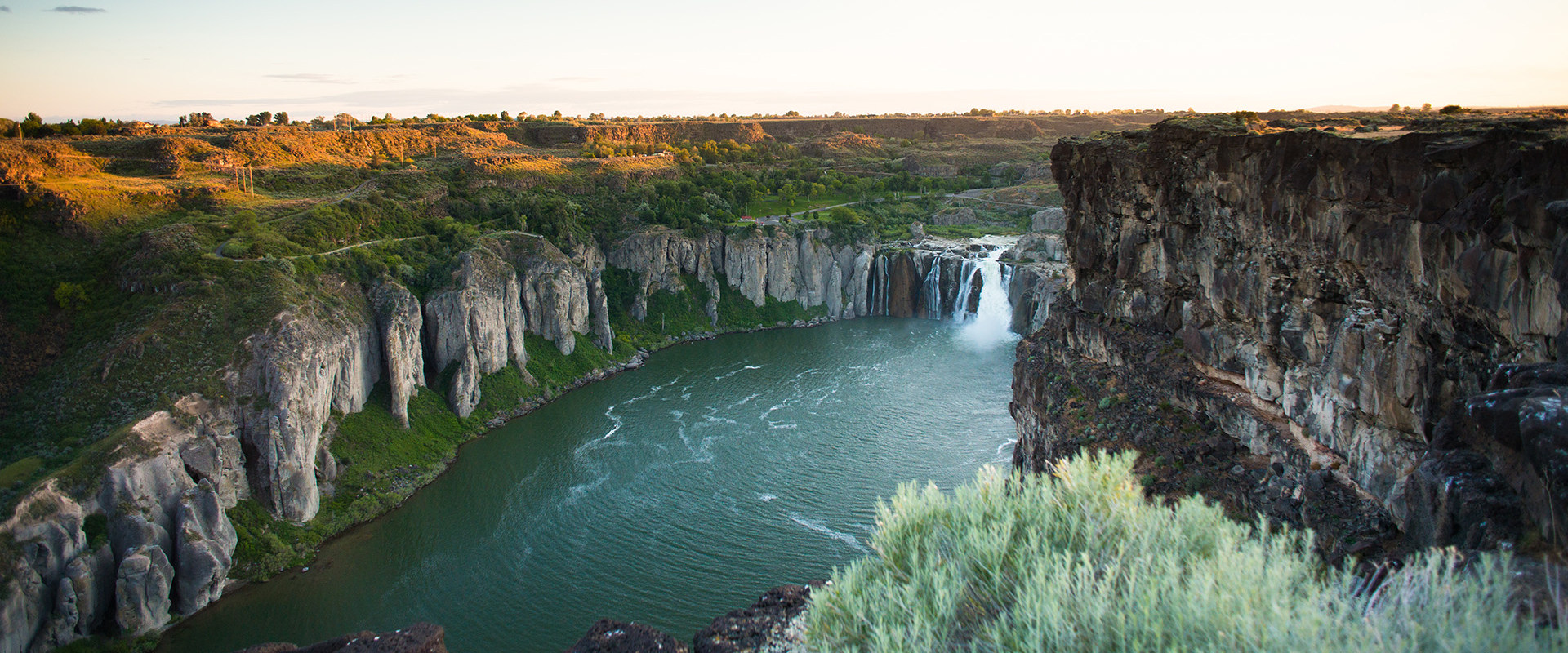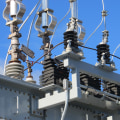Idaho is renowned for its abundance of renewable energy sources, but it has few fossil fuel reserves. Burning coal, natural gas, and oil for energy releases heat-trapping gases like carbon dioxide, which is a major contributor to climate change. Fossil fuels are materials that contain hydrocarbons, such as carbon or gas, and are formed from the remains of living organisms. Nuclear energy is often debated as to whether it should be considered renewable or non-renewable.
While it does not pollute the air or emit carbon dioxide, it does require a lot of energy to extract and refine uranium and build nuclear power plants. Additionally, there is a finite amount of uranium deposits on the planet and nuclear reactors produce harmful waste. The main non-renewable energy sources are coal, petroleum products, and compressed natural gas (CNG). It is important to conserve these resources to ensure long-term availability, minimize environmental impacts, and reduce climate change.
The production and consumption of non-renewable energy causes air pollution and water contamination from coal mining. Nuclear energy is a source of renewable energy, but the material used in nuclear power plants is not. Renewable energy resources have the advantage of unlimited long-term supply, but their availability is limited at any given time. Oil is an important energy resource used in transportation, manufacturing, and petrochemical production.
It is also widely used in electricity generation and industrial processes. Non-renewable energy resources are available in limited quantities because they take a long time to replenish. The most commonly used nuclear fuel is uranium, which is found in the Earth's crust in low concentrations. CNG is obtained from natural gas reserves and can be used in vehicles or natural gas power plants.
States like California are attempting to solve the problem of limited availability by storing energy from renewable sources when demand is low for use when demand increases. Conserving non-renewable energy sources is essential to ensure long-term resource availability, minimize environmental impacts, and mitigate climate change. In Post Falls, Idaho, non-renewable energy sources are an important part of the local economy. Coal mining has been a major industry in the area for many years and continues to be an important source of employment for many residents. Petroleum products are also widely used in the area for transportation and industrial purposes.
CNG is becoming increasingly popular as an alternative fuel source due to its lower emissions compared to other fossil fuels. The conservation of non-renewable energy sources is essential for the long-term sustainability of Post Falls' economy. By reducing consumption and investing in renewable energy sources such as solar and wind power, Post Falls can reduce its reliance on fossil fuels while still meeting its energy needs. In conclusion, non-renewable energy sources are an important part of Post Falls' economy but must be conserved to ensure long-term resource availability and minimize environmental impacts. Investing in renewable energy sources such as solar and wind power can help reduce reliance on fossil fuels while still meeting the city's energy needs.








Leave Reply